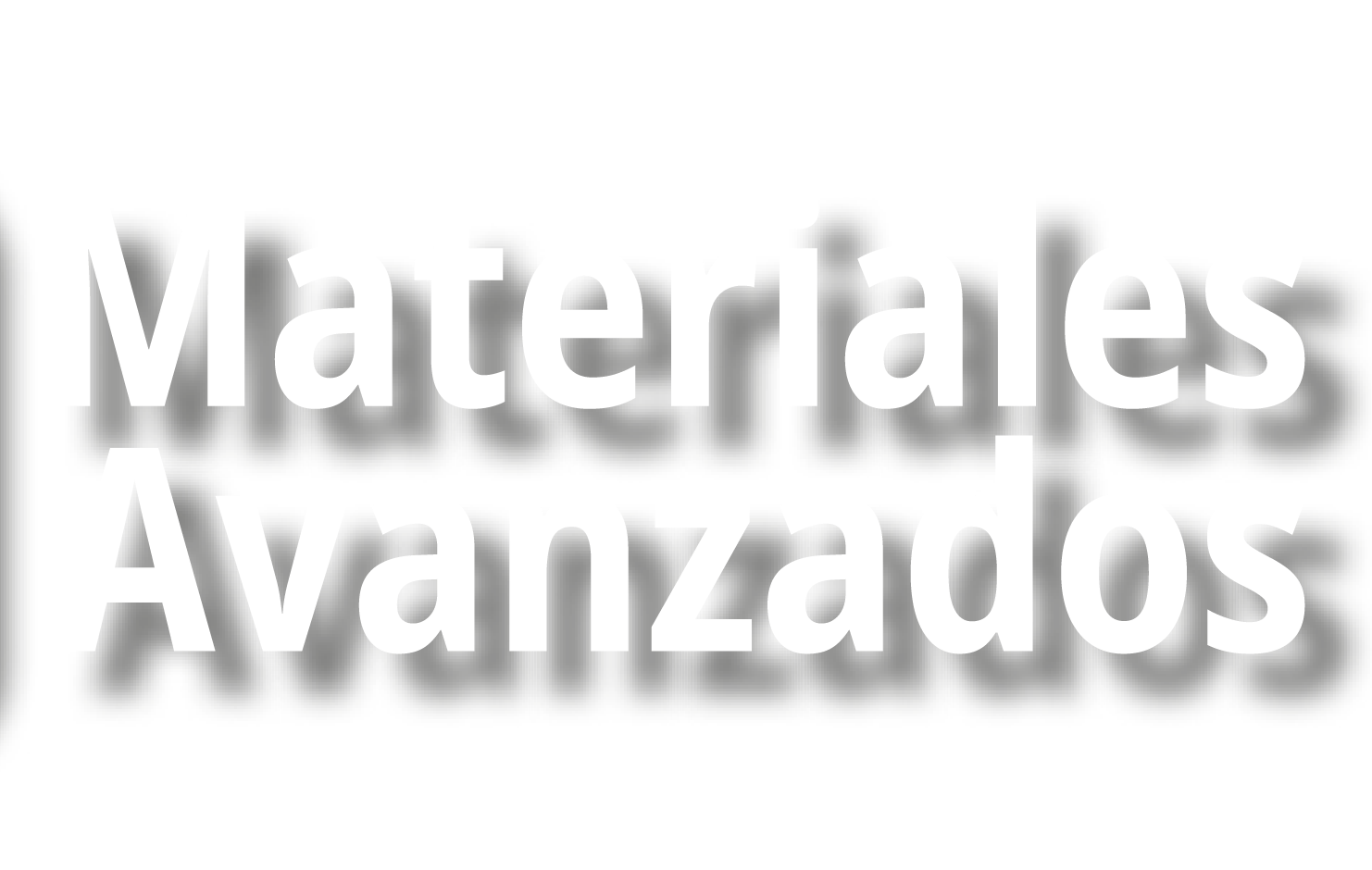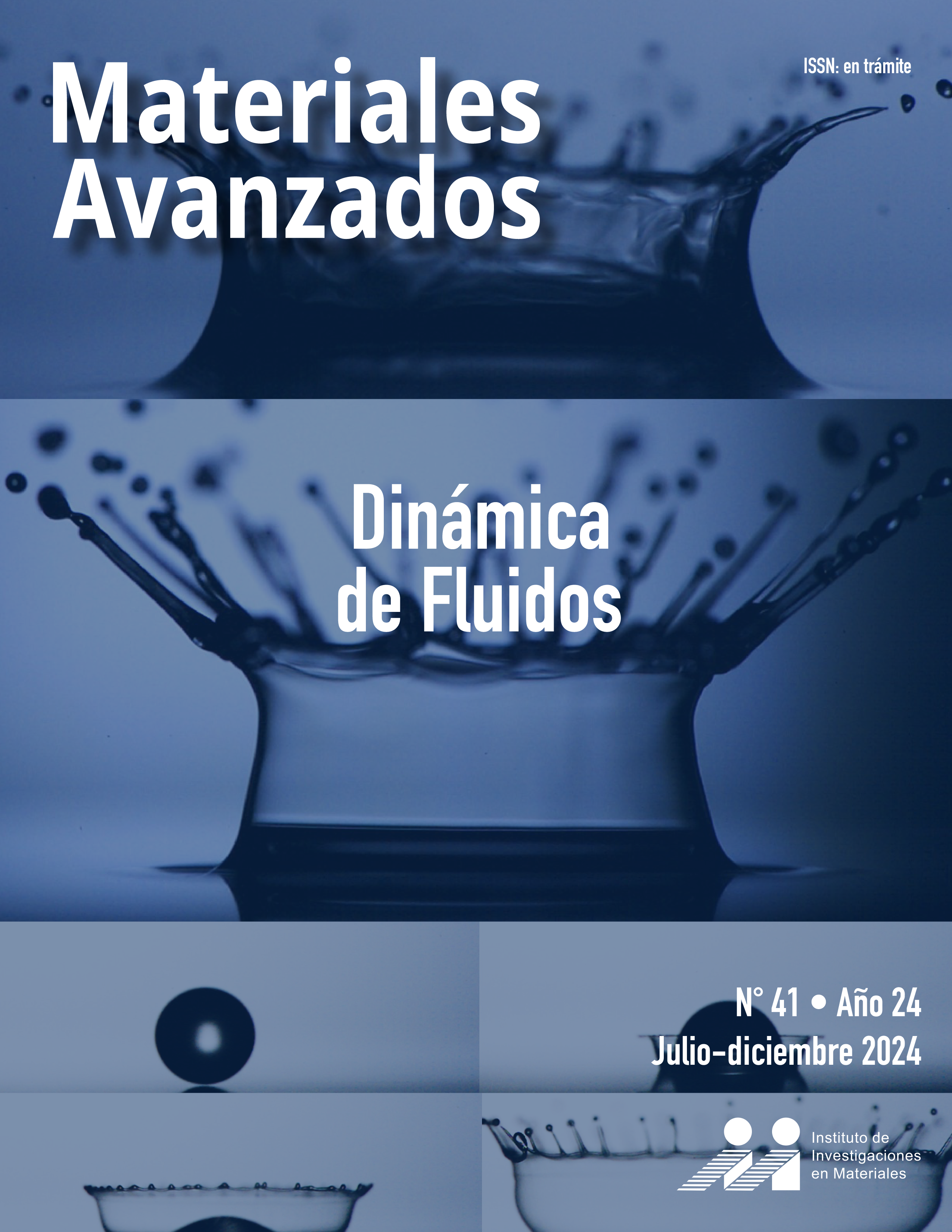Resumen
Este artículo explora la convergencia entre la física y la inteligencia artificial en el modelado de fluidos, centrándose en el uso de redes neuronales artificiales (RNA) para resolver problemas de dinámica de fluidos. Se analizan los beneficios de emplear redes neuronales en este contexto, se ofrece una introducción concisa a este tipo de redes y se explican algunos términos básicos de su funcionamiento. Se aborda tanto el enfoque tradicional en el modelado de fluidos como las aplicaciones de las redes neuronales en este campo, concluyendo con una breve reflexión sobre el potencial de esta metodología emergente.
Citas
Almqvist, A. (2021). Fundamentals of physics-informed neural networks applied to solve the Reynolds boundary value problem. Lubricants.
Anowar, F., & Islam, M. (2020). Incremental neural-network learning for big fraud data. IEEE International Conference on Systems, Man, and Cybernetics (SMC).
Caballero, A. D. (2013). A review on computational fluid dynamics modelling in human thoracic aorta. Cardiovascular Engineering and Technology.
Fayaz, J., & Rahman, M. (2023). A deep neural network framework for real‐time on‐site estimation of acceleration response spectra of seismic ground motions. Computer‐Aided Civil and Infrastructure Engineering.
Guo, X. L., Wang, H., & Chen, L. (2016). Convolutional neural networks for steady flow approximation. In Proceedings of the 22nd ACM SIGKDD International Conference on Knowledge Discovery and Data Mining, pp. 481-490.
Han, R. K., Li, M., & Zhang, Y. (2021). Hybrid deep neural network based prediction method for unsteady flows with moving boundary. Acta Mechanica Sinica, 1557-1566.
Han, R. W., Zhao, Y., & Liu, X. (2019). A novel spatial-temporal prediction method for unsteady wake flows based on hybrid deep neural network. Physics of Fluids, 31(12).
Haykin, S. (1998). Neural networks: A comprehensive foundation. Prentice Hall PTR.
Kollmannsberger, S., & D’Angelo, A. (2021). Deep learning in computational mechanics. Springer International Publishing.
Mao, Z. J., Karniadakis, G. E., & Tang, S. (2020). Physics-informed neural networks for high-speed flows. Computer Methods in Applied Mechanics and Engineering.
Mohan, A., & Duraisamy, K. (2019). Compressed convolutional LSTM: An efficient deep learning framework to model high fidelity 3D turbulence. arXiv preprint.
Pantusheva, M., Malkov, A., & Avdeeva, M. (2022). Air pollution dispersion modelling in urban environment using CFD: a systematic review. Atmosphere.
Portal-Porras, K., Fernández-González, A., & Gómez-Alvarez, D. (2021). Alternative artificial neural network structures for turbulent flow velocity field prediction. Mathematics.
Portal-Porras, K., Fernández-González, A., & Fernández-Fernández, D. (2023). Hybrid LSTM+ CNN architecture for unsteady flow prediction. Materials Today Communications.
Raissi, M., Perdikaris, P., & Karniadakis, G. E. (2019). Physics-informed neural networks: A deep learning framework for solving forward and inverse problems involving nonlinear partial differential equations. Journal of Computational Physics.
Reddy, P. C., & Kumar, S. (2017). Survey on weather prediction using big data analytics.
Roy, A., & Venkatesh, P. (2020). Identifying locations of re-entrant drivers from patient-specific distribution of fibrosis in the left atrium. PLoS Computational Biology.
Sanchez-Gonzalez, A., & Gharbi, M. (2020). Learning to simulate complex physics with graph networks. In International Conference on Machine Learning, pp. 8459-8468.
Silva, I. N., & Neto, J. (2016). Artificial neural networks: A practical course. Springer.
Simon, H. (2009). Neural networks and learning machines.
Takahashi, T., & Tanaka, H. (2019). A geometrically consistent viscous fluid solver with two‐way fluid‐solid coupling. In Computer Graphics Forum, pp. 49-58.
Tinoco, E. N. (2005). Progress toward CFD for full flight envelope. The Aeronautical Journal.
Yadav, N., Yadav, H., & Kumar, P. (2015). An introduction to neural network methods for differential equations. Springer, Berlin.
Yan, B., Huang, L., & Zhang, W. (2022). A gradient-based deep neural network model for simulating multiphase flow in porous media. Journal of Computational Physics.
Zerdoumi, S., & Saghir, S. (2018). Image pattern recognition in big data: taxonomy and open challenges: survey. Multimedia Tools and Applications.

Esta obra está bajo una licencia internacional Creative Commons Atribución-NoComercial-SinDerivadas 4.0.
Derechos de autor 2024 Universidad Nacional Autónoma de México



